

Some Slat History
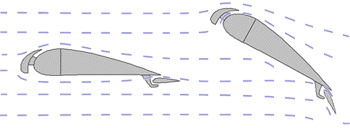
An integral part of the STOL design, leading edge slats have been around for some time. The slat is not an attachment simply bolted onto an existing airfoil, but is a part of a true airfoil that has had the slot "cut" out of it. Chris Heintz has written convincingly about the usefulness of them in a STOL aircraft, but where did they come from?
The leading edge slat design was first invented by Sir Frederick Handley Page who was looking for a way to increase lift for a bomber aircraft during WWI. The leading edge slat was formally patented in 1919. At that time, Gustav Lachmann also made claim that he had done work in this area, and so to avoid a patent challenge, Handley Page offered him a job, which he accepted. That year a DeHaviland DH9 was fitted with slats and flown as shown below:
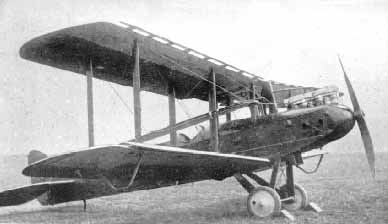
The first aircraft specifically designed to use leading edge slats was the Type T Hanley, a deck-landing torpedo carrier. The slats aren't visible in this picture of the Type T below:
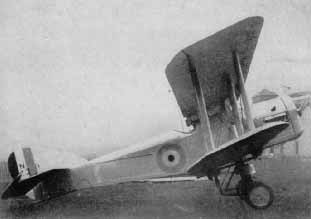
The Handley Page Gugnunc was specifically designed to compete in the Guggenheim Air Safety competition. Some of the requirements for the $10,000 prize (in 1929) were a stall speed no greater than 35 mph, top speed of 110 mph, an engine-off glide ratio of greater than 10:1 and 400 fpm climb. Both of the planes that won had the slats. The Gugnunc is shown below - note the characteristic high angle of attack on take-off.
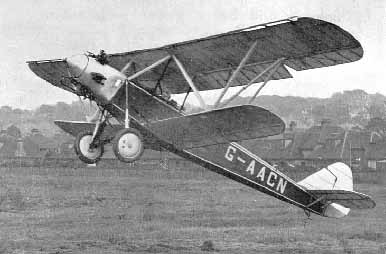
The Canadian Westland Lysander used automatic slats, and first flew in 1936. A good description if it is on the Smithsonian page here.
Also in 1936, the Fi 156 Storch, which was later added to the Luftwaffe during WWII, was a very capable airplane. I visited "Fantasy of Flight", an aviation museum between Orlando and Lakeland, FL who has a flying Storch, and took these pictures:
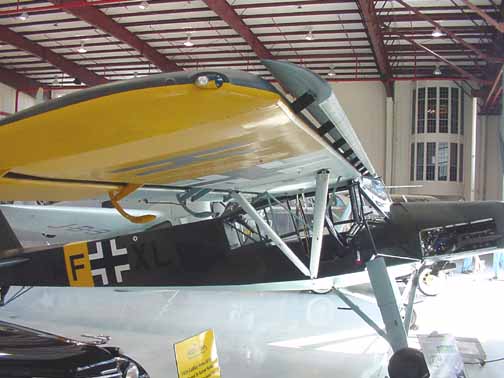
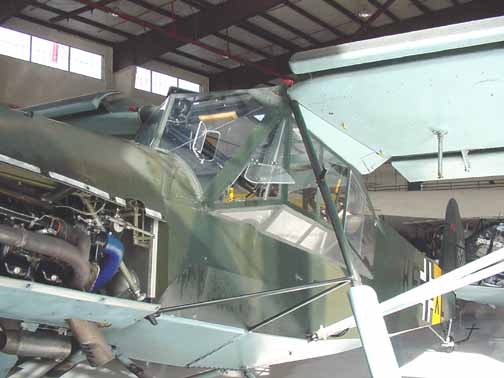
The above is a Fiesler Fi-156C "Storch" designed in 1935 and has a stall speed under 25 mph and a gross weight of 2904 lbs, 46 foot span, and a 230 hp engine. You can really see that the slat is not just an "add-on" part to an existing airfoil - it is actually a gap that is sliced out of a full airfoil curve. After the war, production of this airplane continued in France under the name "Criquet." Likewise, the Storch design was copied by many countries.
Also, at the Valiant Air Force Warbirds Museum just a few miles west of the Kennedy Space Center at Titusville FL airport, I took these:
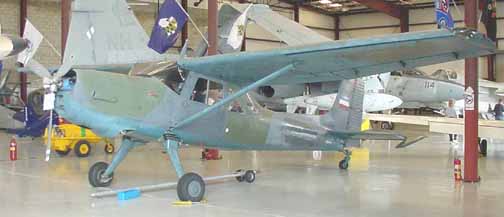
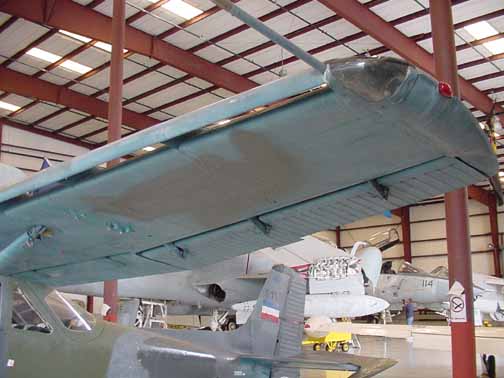
The above shows the slat built into the outer half of the wing. You can see why slats are sometimes called slotted wings. It is a UTVA-66 built in Serbia for the Yugoslavian air force in 1966 based on a 1959 design. Original has a Lycoming 480 (270 hp) engine!
In 1949 the Helio #1 used slats and other modifications to convert a Piper Vagabond into a STOL aircraft. A page on the Helio is here.
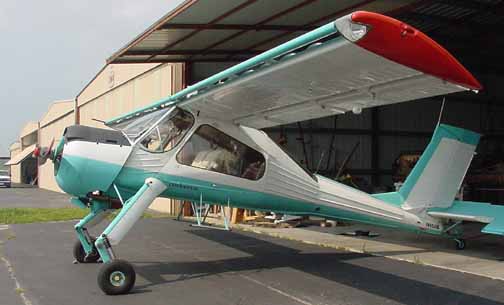
Above is a Polish PZL-104 Wilga that has slats with end caps and has great climb! It is a very different aircraft - it starts with a bottle of compressed air.
Since these times there have been countless airplanes that use slats - many modern jets use them, like the F111 and the 727-767, although not in a fixed leading edge capacity, but complex ones that are extended on take off and landings. In addition to Zenith's kitplane designs, the Pazmany PL-9 Stork, the Skytek Criquet and the Slepcev Storch ( a 3/4 scale version of the original Storch) also uses them in their kit planes.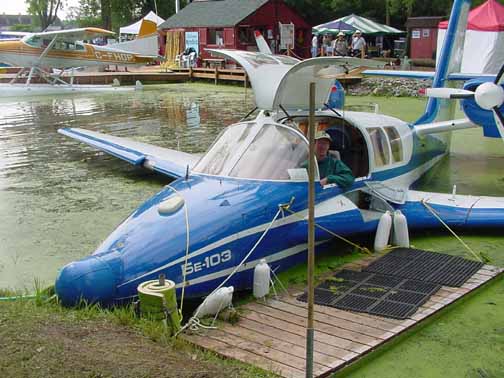
Above is a twin engine Russian seaplane with partial slats from mid-wing to wingtips that was seen at the 2004 Seabase at Oshkosh. Interesting plane!
![]()
Images on this website are either Copyright Zenith Aircraft Company and used by permission or are copyright Gary Liming